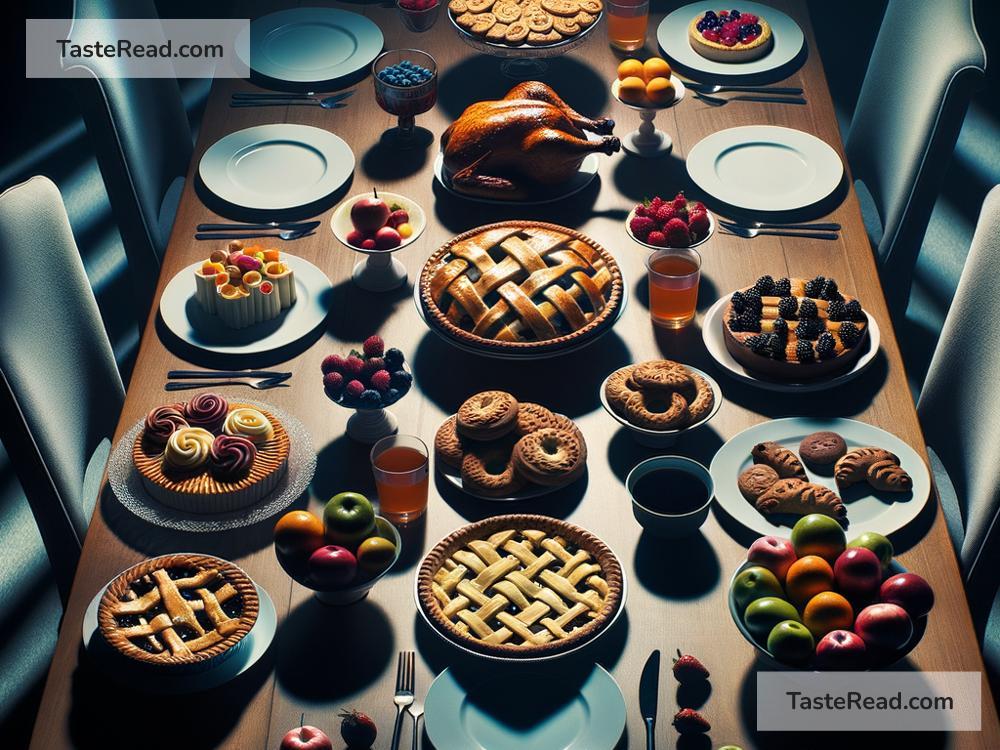Exploring the Significance of Food in Coraline
Neil Gaiman’s Coraline is a spooky yet imaginative tale about a young girl who discovers an alternate reality called the “Other World.” While the story is often remembered for its eerie visuals—like sewn button eyes and a scuttling hand—food plays a surprisingly important role in shaping the story’s themes, characters, and the overall mood of the book. In this blog, we’ll explore the significance of food in Coraline and how it adds depth to this dark and magical tale.
Food as Comfort and Discomfort
In Coraline, food acts as a symbol that reflects the contrast between familiarity and unease. Early in the story, Coraline expresses dissatisfaction with her parents. Her mother, especially, is shown as distant and practical, making quick, unappealing meals. Coraline is served plain, uninspiring food, like frozen pizza or pasta, which leaves her feeling neglected and bored.
When Coraline enters the Other World, the food there is drastically different. The “Other Mother” serves her luxurious, mouth-watering meals that seem made to perfection. For example, Coraline is given delicious roasted chicken and chocolate cake for dessert. These meals are not just tasty— they are rich, comforting, and personalized, as if the Other Mother has gone out of her way to create an ideal dining experience for Coraline. However, this seemingly perfect food hides an unsettling truth. The warmth associated with these meals is a trap, meant to lure Coraline into staying in the Other World.
This contrast between the dullness of real-world food and the tempting beauty of the Other World meals showcases a fundamental tension in the story. While food in the Other World is appealing, it is ultimately fake and manipulative. In this way, Coraline learns that true comfort does not come from outward appearances but from sincerity and love, even if it’s imperfect.
Food as a Manipulation Tool
The Other Mother (also known as the Beldam) uses food to manipulate Coraline. She knows Coraline’s tastes and habits and offers her specific treats that appeal to her. Food becomes one of the main ways the Other Mother tries to win Coraline’s trust and convince her to stay in the Other World forever.
This manipulation works at first. Coraline appreciates the fine dining and begins to think of the Other Mother as more attentive and caring than her real parents. However, as the story progresses, Coraline realizes that the Other Mother’s kindness is a facade. The delicious food is bait, intended to make her complacent, so she can become the Other Mother’s prisoner. Coraline grows suspicious of the Other Mother’s motives and refuses to be deceived by her tricks.
Gaiman’s use of food as a tool for manipulation shows how people can sometimes use comfort and pleasure to exploit others. Coraline learns to set boundaries and recognize that some things, no matter how tempting, must be resisted.
Food and Identity
Food in Coraline also helps define relationships and identities. Coraline’s dissatisfaction with her parents’ cooking reflects her feeling of isolation and a yearning for connection. Her parents are distracted by work and often fail to give her the attention she craves. On the other hand, the Other Mother uses food as a way to force closeness and create the illusion of a perfect relationship. Yet, Coraline learns that real family bonds aren’t formed by superficial gestures like making her favorite meal—they require genuine care and love.
Interestingly, Coraline’s rejection of the perfect food in the Other World is a key turning point. It symbolizes her growing maturity and her ability to see past surface-level gratification. Food thus becomes a metaphor for understanding one’s identity and values.
Coraline’s journey teaches readers that a fulfilling connection with someone isn’t about getting exactly what you want all the time. Instead, it’s about appreciating the flawed, but honest relationships in your life.
Cultural Symbolism of Food
Food has long held cultural and symbolic meanings in stories, often representing tradition, family, or community. In Coraline, it serves a dual purpose. On one hand, it reflects Coraline’s mundane, everyday life—a reminder of her dissatisfaction with her current situation. On the other hand, food becomes a symbol of temptation and deception in the Other World.
By focusing on something as universal as food, Neil Gaiman allows readers to connect with Coraline’s challenges on a personal level. Just as Coraline must navigate the differences between honest and manipulative relationships, readers can reflect on their own relationship with comfort and temptation in their lives.
Conclusion
Food plays an important role in Coraline as both a symbol of comfort and a tool of manipulation. It highlights the contrasts between the real world and the Other World while also helping Coraline understand what truly matters. Though the Other Mother offers Coraline perfect food, it represents fake love and control. In contrast, the imperfect meals served by her real parents represent real love and authenticity, even if they’re not ideal.
Through Coraline’s journey, readers learn that food—and, more broadly, comfort—should come from genuine connections, not from illusions designed to exploit and trap us. Whether it’s a bowl of frozen pasta or a perfect roast chicken, the true value lies in the intention behind it, not the appearance. Coraline’s growth and ultimate bravery remind us to look deeper and choose what’s real, even when it’s less glamorous. So next time you sit down for a meal, think about the connections and emotions that food represents in your own life—it might be more meaningful than you think!


